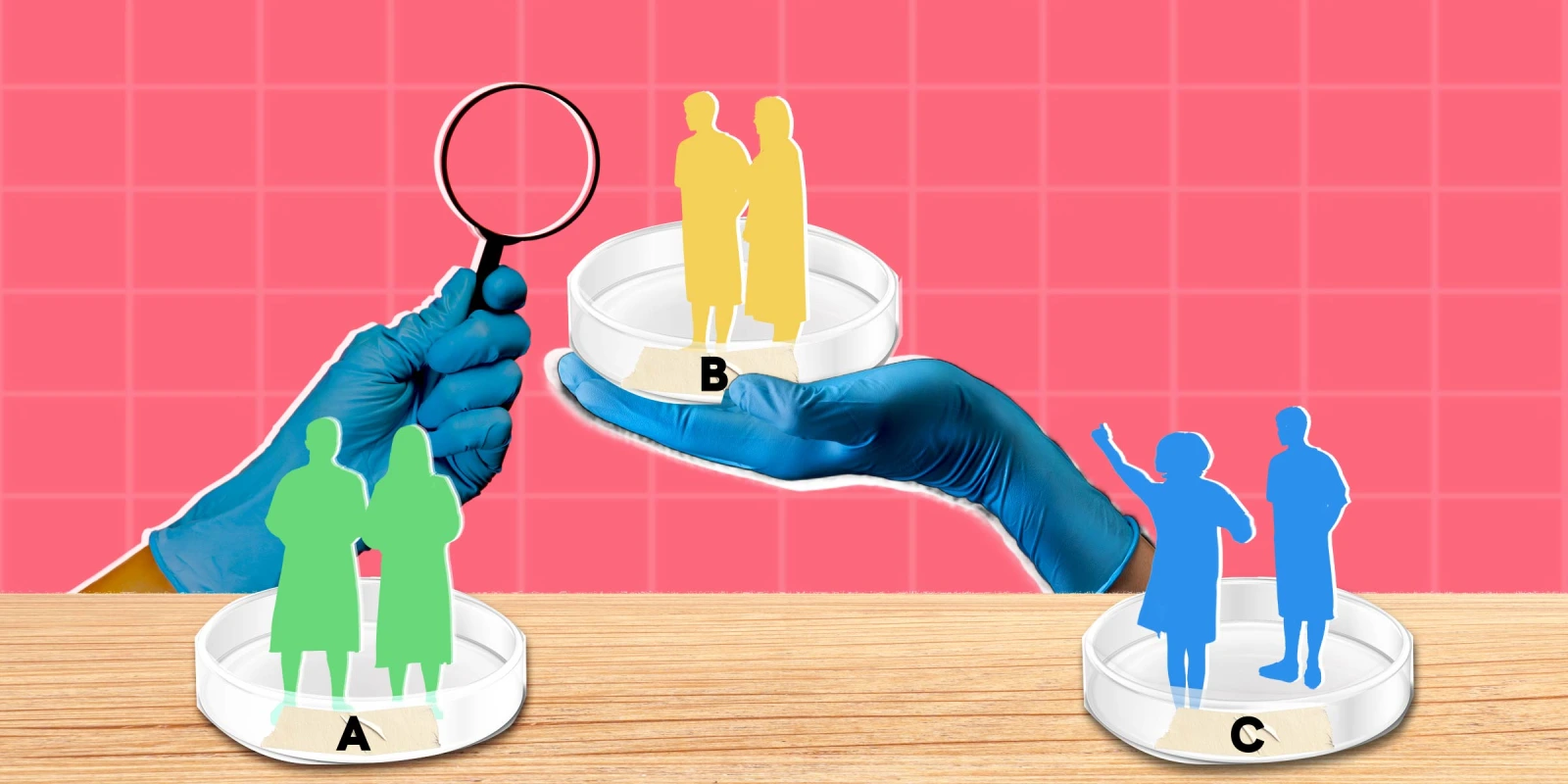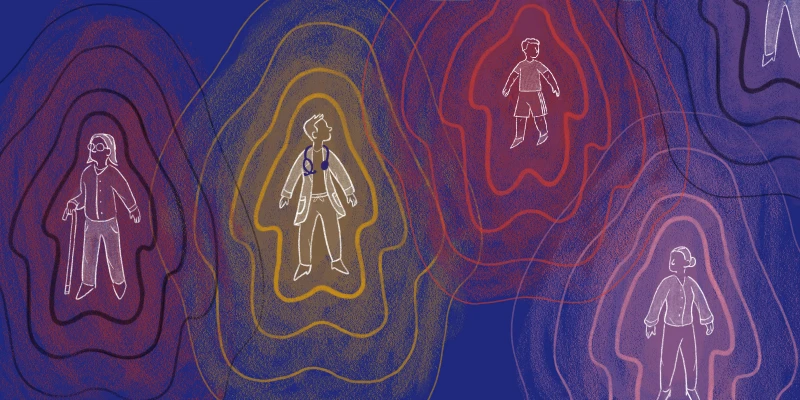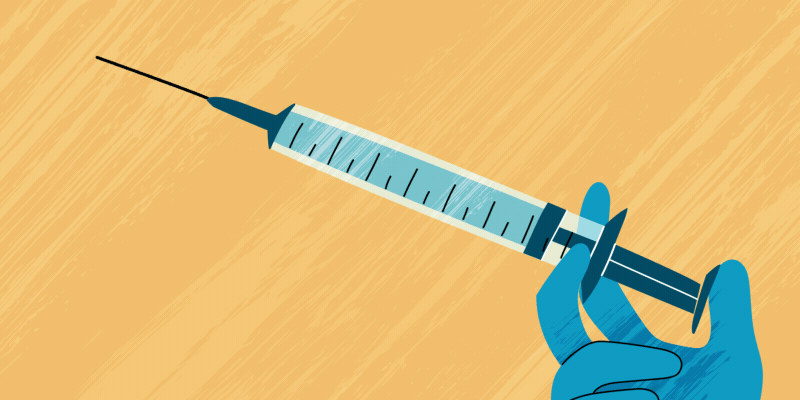There is a critical need to improve treatments for patients with untreated metastatic triple-negative breast cancer (mTNBC) for whom median progression-free survival (mPFS) is only 6 months with chemotherapy.
At ESMO Congress 2025, phase 3 trial results of two Trop2-directed antibody-drug conjugates were presented. Javier Cortés, MD, presented primary results of the ASCENT-03 randomized study of sacituzumab govitecan (SG; n=279) vs chemotherapy (n=279) in previously untreated patients with advanced TNBC who are unable to receive PD-(L)1 inhibitors (NCT05382299; LBA20). ASCENT-03 results were published in the New England Journal of Medicine concurrent with the presentation (DOI: 10.1056/NEJMoa2511734).
Rebecca A. Dent, MD, presented primary results of the TROPION-Breast02 trial, first-line (1L) datopotamab deruxtecan (Dato-DXd; n=323) vs chemotherapy (n=321) in patients with locally recurrent inoperable or mTNBC for whom immunotherapy was not an option (LBA21; NCT05374512).
Both speakers concluded that their results provided support that SG or Data-DXd should be considered the new standard of care for patients in the study populations.
Discussant Ana Garrido-Castro, MD, compared the results from both trials, which she called practice-changing. Important differences include the option for patients with progressive disease in the chemotherapy arm of ASCENT-03 for crossover to SG; a primary endpoint of PFS only; and options for taxane or carboplatin plus gemcitabine in the chemotherapy arm. There was no crossover in TROPION-Breast02, most patients received a taxane for chemotherapy or single agent carboplatin, capecitabine, or eribulin; dual primary endpoints were PFS and overall survival (OS). There were also differences in demographics between the studies. Median follow-up for ASCENT-03 was 13.2 months, for TROPION-Breast02 it was 27.5 months.
PFS was generally similar in both; more follow-up is needed for OS in ASCENT-03. Both studies prove that a TROP2 ADC improves PFS vs chemotherapy in the 1L setting in mTNBC with a consistent hazard ratio (HR) of about 0.6. The absolute difference in mPFS is larger in TROPION-Breast02, 5.3 months vs 2.8 in ASCENT-03. However, the chemotherapy arm of TROPION-Breas02 had shorter mPFS of 5.6 months vs 6.9 months in ASCENT. Exploratory subgroup analyses generally show benefits consistent across subgroups. Notably, patients enrolled in the US, Canada, and Europe had a HR of 1.22 compared to 0.6 in the rest of the world, perhaps highlighting subsequent therapies and access to certain drugs may potentially affect OS.
Dr. Garrido-Castro said the study sponsor of ASCENT-03 should be applauded for incorporating crossover into their design knowing that SG could potentially affect their final OS results and complicate their path towards regulatory approval.
Dato-DXd has fewer grade >3 adverse events; there was more oral mucositis/stomatitis and ocular surface toxicity, which were manageable. SG was associated with 6 treatment-related deaths due to infection; patients at risk had not received prophylactic growth factor support, which both Drs. Cortes and Garrido-Castro recommend.
Dr. Garrido-Castro concluded, “Today marks a shift in the treatment paradigm of metastatic triple-negative breast cancer. In my opinion ASCENT-03 and TROPION-Breast02 support TROP2 ADC therapy as the new preferred first line regimen for patients with PD-L1-negative metastatic triple-negative breast cancer.”
Dr. Lederman has no conflicts of interest to report.
Collage by Joe Lee






